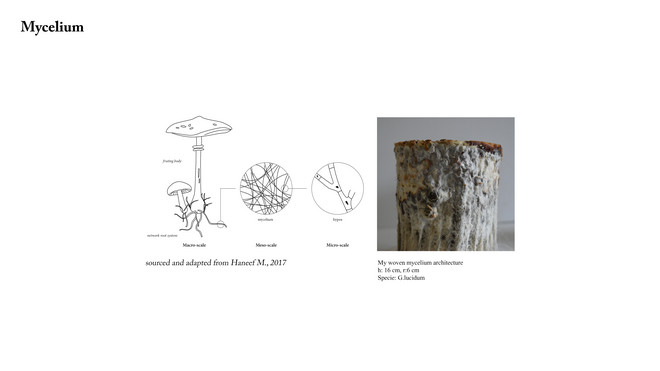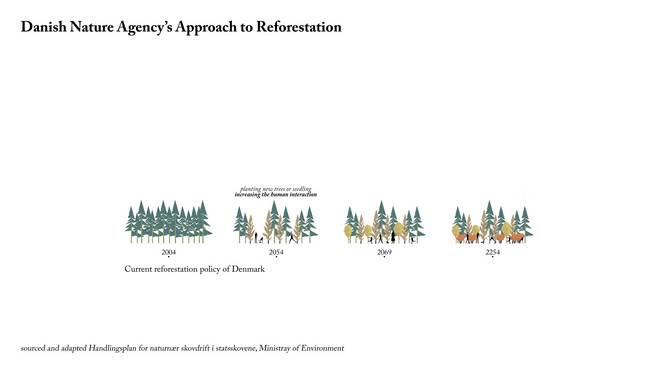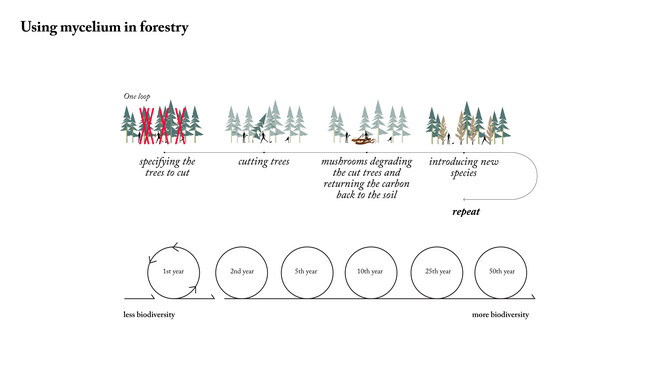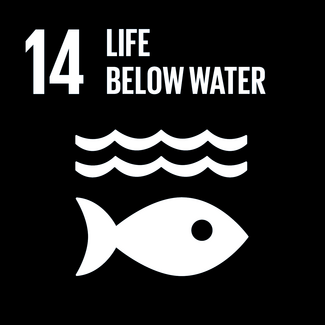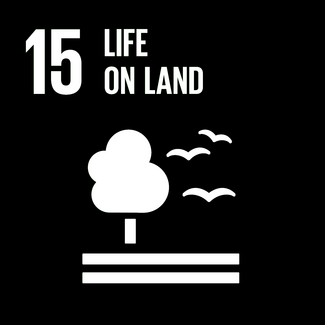The site for proposed architecture is situated in Buresø. Referring to the regulation plans published by the Danish Nature Agency, each forest has different goals that will be accomplished during the biodiversity enrichment. Based on these goals, the approach with mushrooms will differ. In Slagnslunde, the initial aim is to rise the water levels of dried pounds and lakes while filtering the water. In Ganløse, because the soil in some parts of the forest is not high in quality, the aim is to enrich the soil. And last of all, in Uggeløse, because of a tree disease once happened in Buresø, the aim is to strengthen the root network system in-between plant species.
Each forest has different species, and while visitors walk along the paths from one forest to another, they will learn and experience different species. This path is named as "the didactic path". Here, they will not only learn the tree species, but they will learn about the history of the forest. The forest has a historical background which reaches to the Ice Age. There are historical rocks, 300 year old trees and ancient graveyards in the forest. While they experience the architecture through set of activities, they will learn about different mushrooms and their roles. They will experience the morphology of the mushrooms and its growth.
There is also learning through time. Because the material is a living organism and it can change in and across time, every time one come for a visit to the forest, they will see a different phase of the material. They will experience the material in early growth stage, when it is fruiting and falling apart and decomposing in the soil.
Learning for the forestry people will start with making the guiding sculptures. With the guiding sculptures, forestry people will learn the basics of weaving. The complexity of the weaving will increase gradually with every new architecture.
Didactic path

